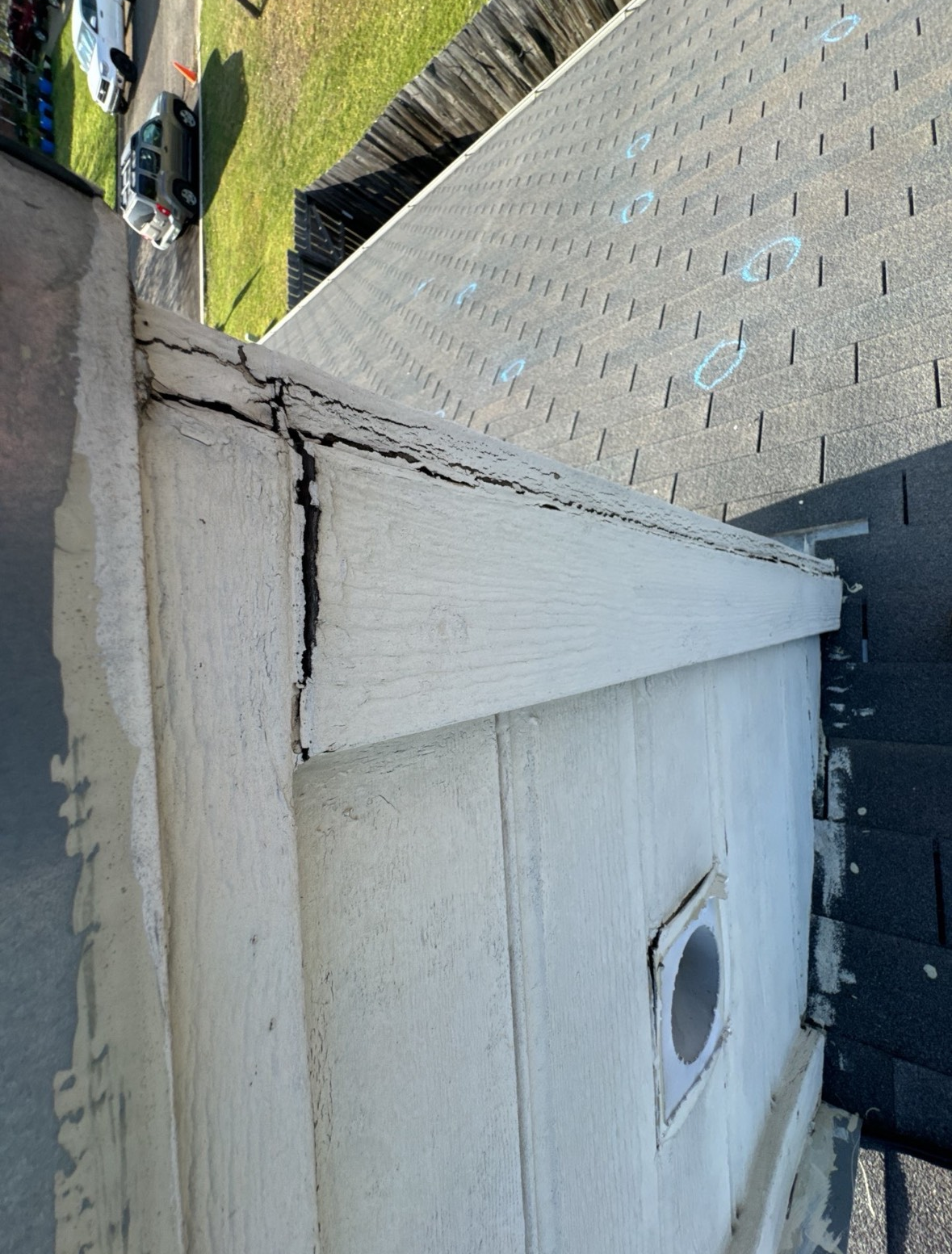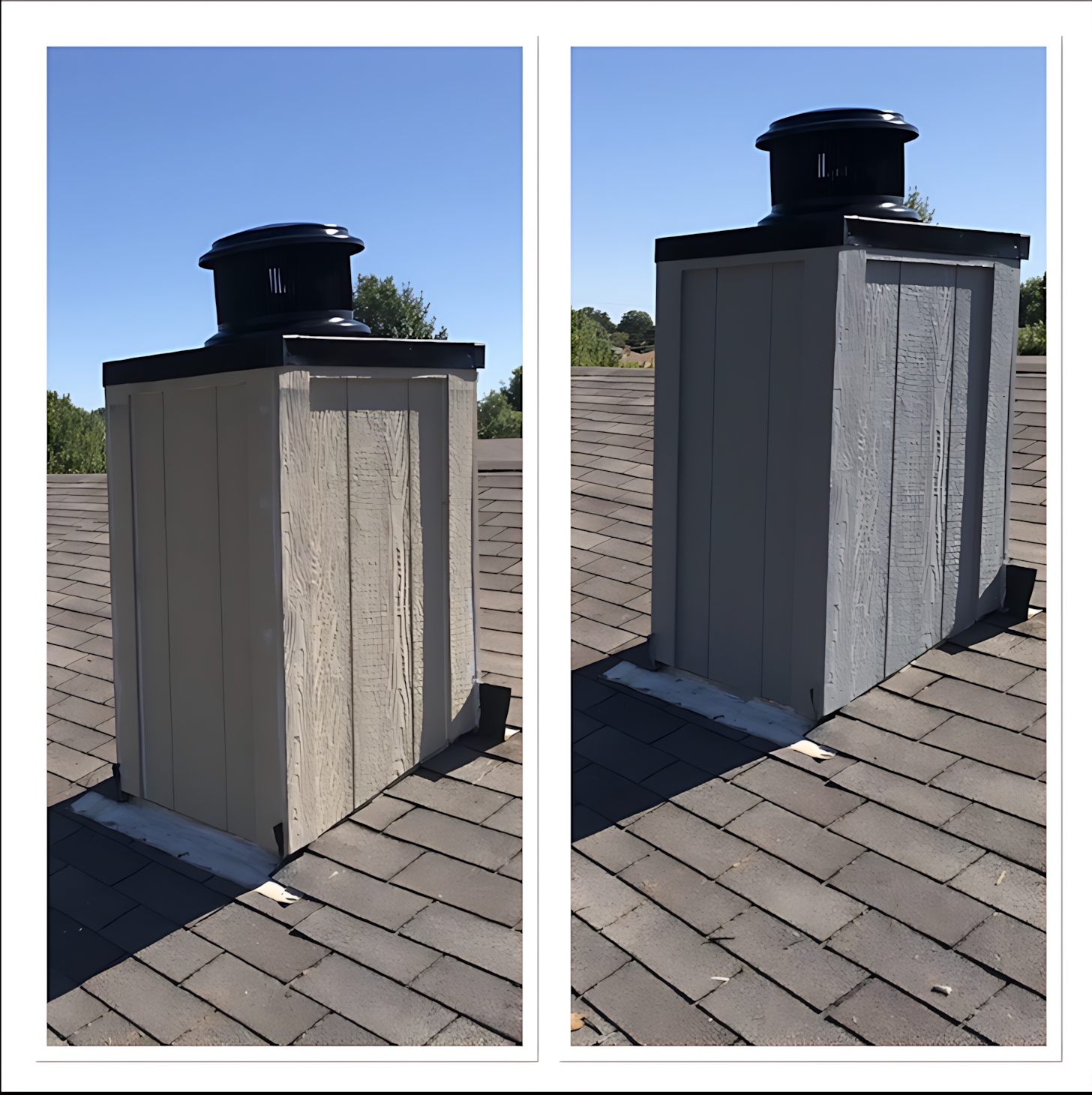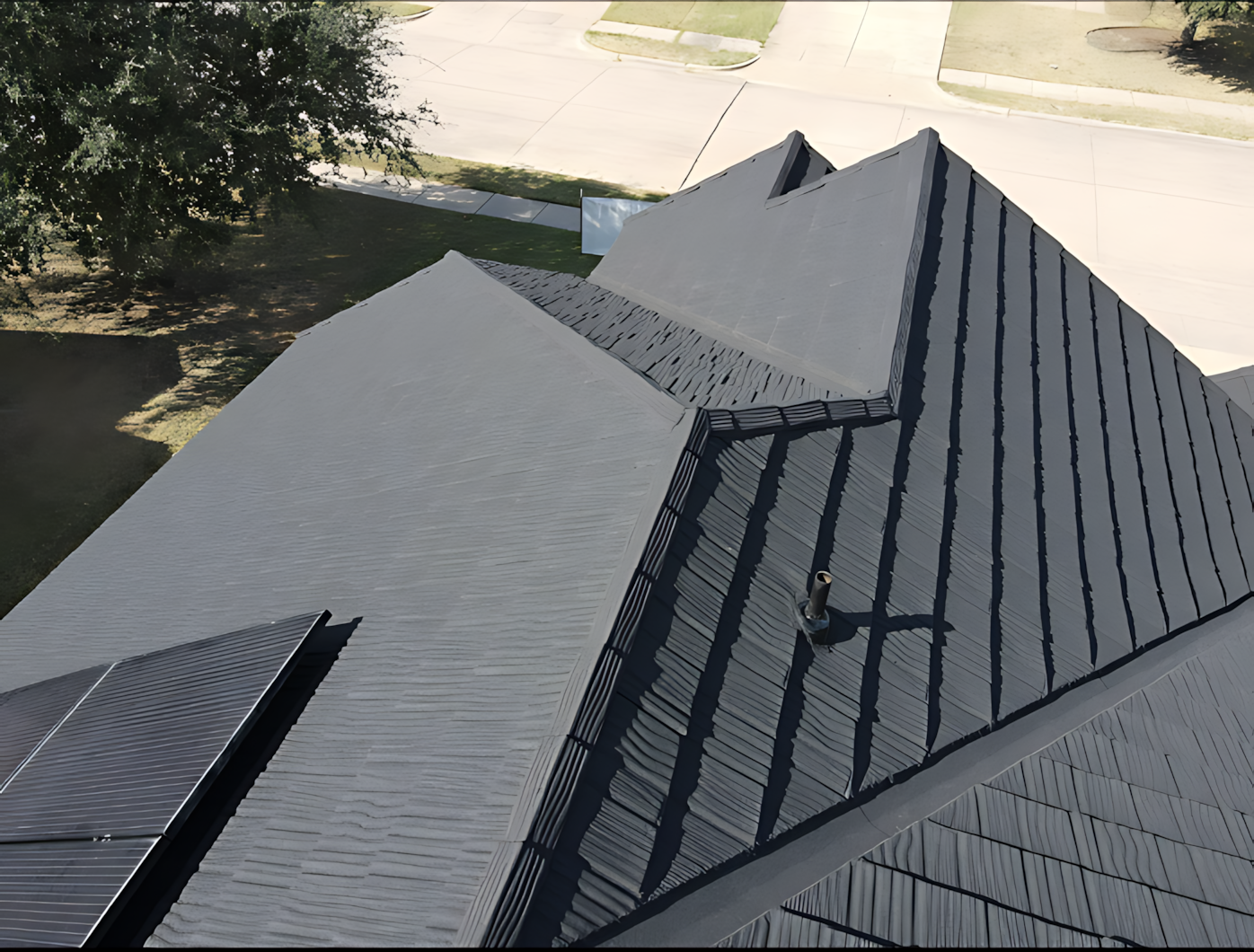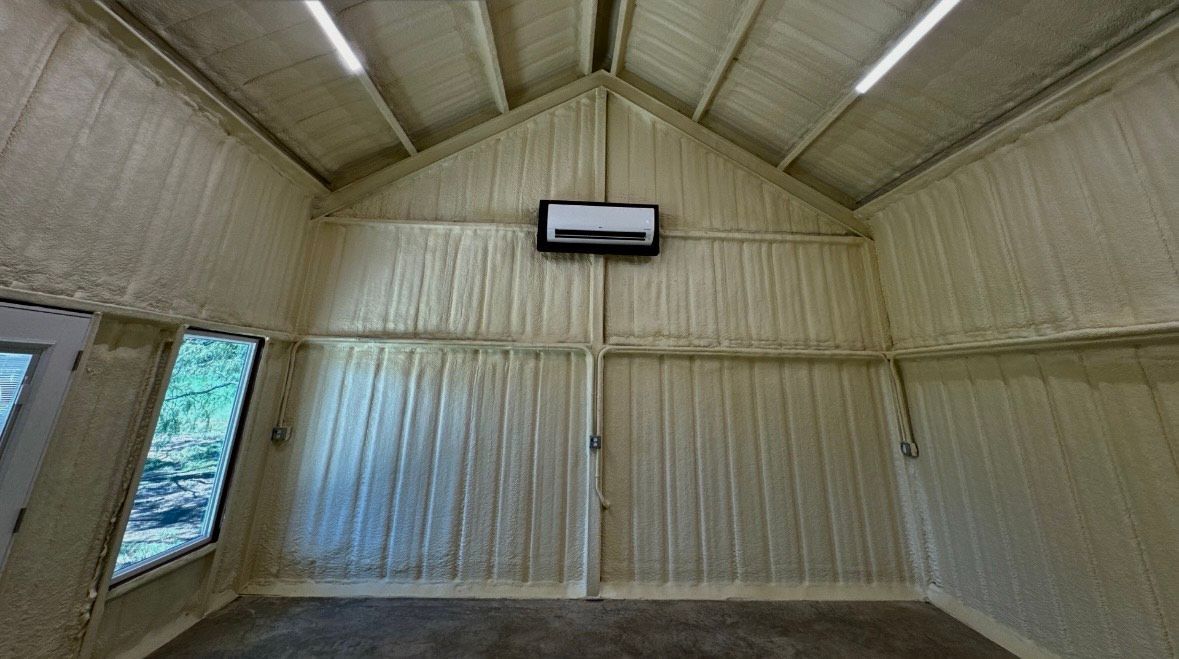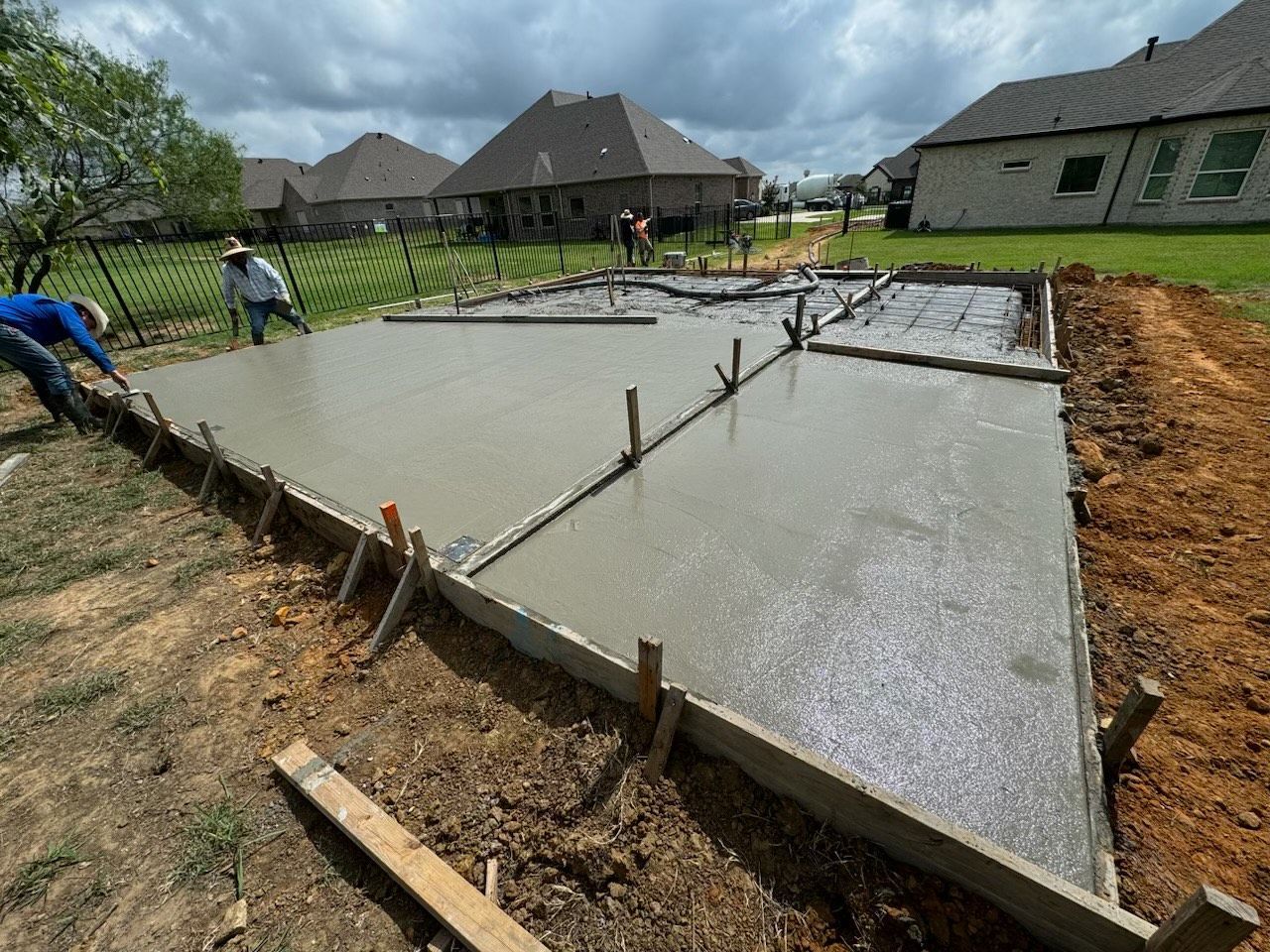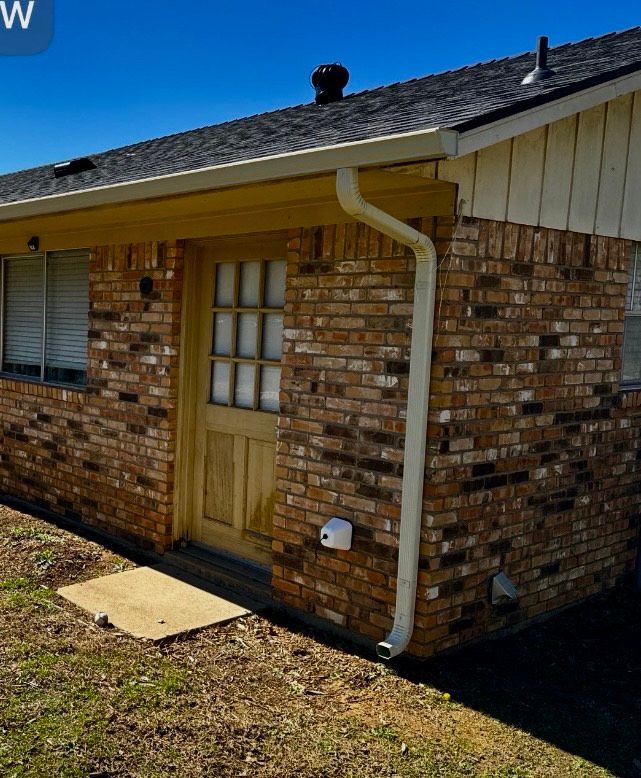Don’t Wait for a Leak to Find Out There’s a Problem!
Take us up on our bi-yearly FREE roof inspections that we offer our clients — they could save you thousands in repairs.
We recently inspected a roof that was only 2 years old. The shingles looked perfect, but two pipe boots had hail damage. The hail had punched through the soft, pliable base, leaving holes—prime spots for water to sneak into the attic. Left unchecked, that would’ve led to leaks and major interior damage.
The homeowner had no idea.
That’s why regular roof inspections matter. You never know what’s going on up there until a pro takes a look. Just because you don’t have interior water damage doesn’t mean there aren’t leaks or damage on your roof.
Book your free inspection today—we’ve literally got you covered!
Call Community Construction and Roofing Today
Call us to schedule your free roof check today. Don’t wait until it’s too late!



